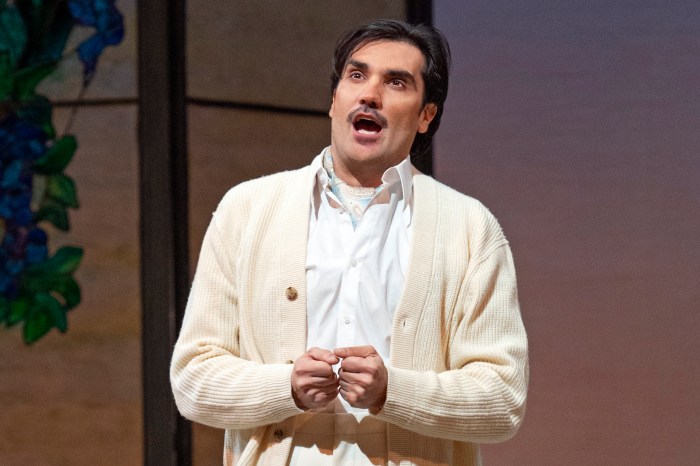A harbor seal poked its head out of the water and stared at a boat filled with binocular-clad nature lovers, who had bundled up this past Sunday to search for wildlife in New York Harbor.
The seal then swam slowly toward man-made Swinburne Island, near the Verrazano-Narrows Bridge, before dipping down out of sight.
Seals? In New York Harbor? Believe it.
“They really like it here because it’s so undisturbed,” said Gabriel Willow, a naturalist who led the “eco-cruise,” put on by New York City Audubon and New York Water Taxi.
New York Harbor was once too polluted for most animals to survive. But its health began improving after the enactment of the Clean Water Act in 1972, and it’s now cleaner than at any time in the last 100 years, according to the city.
Harbor seals returned to New York’s waters about two decades ago, and their numbers are on the rise. Though Swinburne Island is their favorite spot, they are occasionally seen closer to Manhattan and even farther up the Hudson River.
Bird, fish and oyster populations also appear to be increasing. On Sunday, Willow was able to identify two cormorant species, two goose species, three gull species, a loon species, a sandpaper species and at least seven duck species. Most of these birds, like the seals, spend the winter here after breeding further north.
“This is really mild for these Arctic species,” Willow said.
The harbor still suffers from sewage overflows and stormwater runoff. Nonetheless, Willow said, “There hasn’t been a better time since probably 1830 to be experiencing nature in the city.”
Sharks not making a comeback
Naturalist Gabriel Willow said New York’s harbor, an estuary where salt and fresh water meet, is “like a Grand Central Station for fish,” including eel, striped bass and shad.
One exception to the area’s wildlife resurgence is sharks, which “are in free fall around the globe, driven primarily by the trade in shark fins and bycatch in fisheries,” said Jon Forrest Dohlin, director of the New York Aquarium.


















